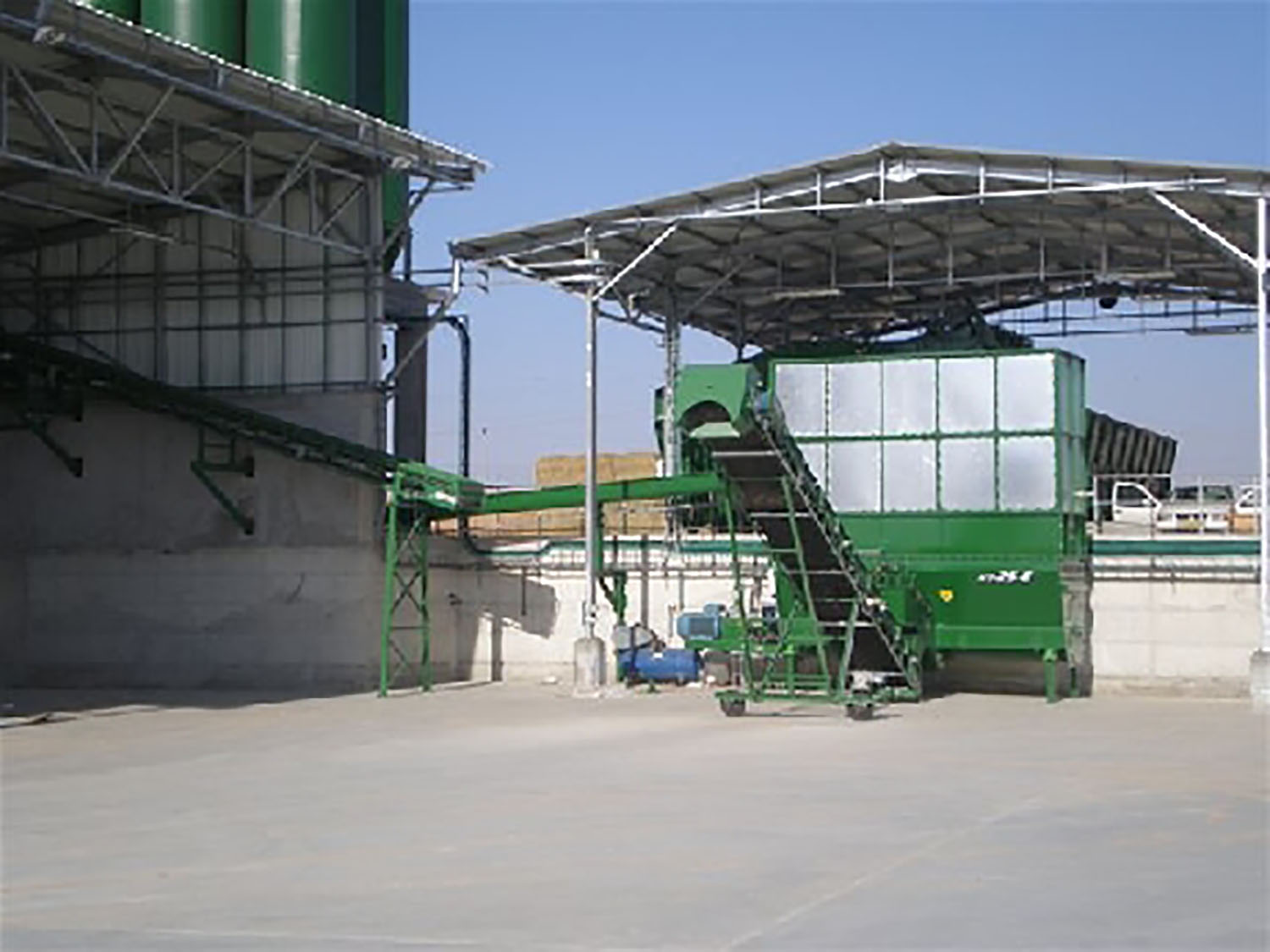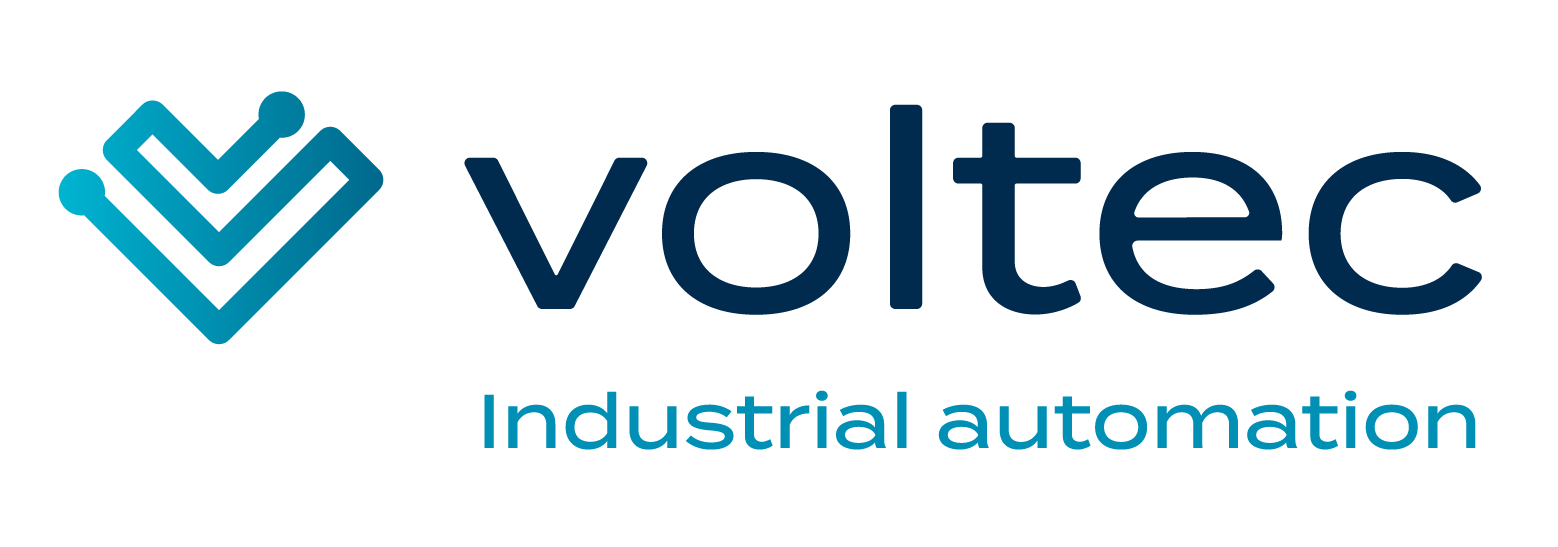
VOLTEC TO AUTOMATE A UNIFEED PLANT IN AUSTRALIA
INMOSA (Ingeniería y Montajes Monzón S.L), is a Spanish company specialized in the design and manufacture of machinery for assistance to the livestock, belonging to the TATOMA GROUP.
Dedicated to the design, calculation, manufacture and sale of agricultural machinery, particularly oriented to the feeding of ruminants. Their offer includes a wide variety of products, from the most basic mixer trailer to complete static plants, delivered in key on hand projects.
INMOSA has signed a contract for the construction of a cattle breeding static facility in Shepparton, located on the south coast of Australia, and Voltec Electro Sistemes, S.L. has been the technological partner chosen by INMOSA to provide consulting and engineering in automation, the new electrical installation, new electric control and power panels and the implementation of the control system through its INTEGRA software system.
The new control system implemented will completely control all the productive activity and will be linked to the ERP system, responsible for the management and administration process of the company, in order to integrate both of them.
The implementation of our control system will allow the unification of all the productive data in a single database and the updating of these in real time, this will allow instant reliable knowledge of: raw material and finished products stocks, productivity, production orders and command orders statuses, traceability, etc.
In short, the new installed system will allow the company to achieve the highest standards of efficiency and productivity and consequently to optimice the costs of the production proceses.
Static plants are the best solution for large farms, both intensive and extensive, as well as for commercial use. All components and equipment of the plant are designed to meet the needs of the operation. Final products distribution will be made later through the use of other distribution equipment, such as distribution hoppers and trucks, which in this case, will be managed by a GPS fleet management system.






